Practical Tips for Choosing Your Ideal Doormat

Choosing the perfect doormat might seem minor, but it plays a significant role in your home's cleanliness and style. A doormat is your first defence against dirt and debris, keeping your floors cleaner and extending their life.
Additionally, a well-chosen doormat adds a touch of personality to your entryway, creating a welcoming atmosphere for guests
Material Matters
The material of your doormat is crucial in determining its durability and effectiveness. Different materials offer varying benefits, so selecting one that fits your needs is essential
1. Coir
Made from coconut husks, coir mats are highly durable and excellent at scraping dirt off shoes. They are ideal for outdoor use and can withstand heavy foot traffic.
2. Rubber
Rubber mats are waterproof and perfect for wet conditions. They provide excellent grip, making them a safe choice for slippery areas.
3. Microfiber
These mats are super absorbent and great for indoor use. They trap moisture and dirt effectively, keeping your floors clean and dry.
4. Natural Fibers
Mats made from materials like jute or seagrass are eco-friendly and stylish. They are best suited for indoor areas with lighter foot traffic.
Size and Shape
Your doormat's size and shape can influence its functionality and appearance. Ensure your mat covers the entire width of your door to maximise its dirt-trapping potential. Common shapes include:
1. Rectangular
The most traditional and versatile shape is suitable for standard doorways. It provides excellent coverage and is ideal for most homes.
2. Half-Moon
It adds a decorative touch and works well for rounded entryways, creating a charming, inviting entrance that stands out.
3. Square
Ideal for larger spaces and double doors, square doormats provide ample coverage and make a bold statement.
Design and Aesthetics
Your doormat is one of the first things visitors see, so choose a design that reflects your style. The options are endless, from minimalist patterns to vibrant colors.
1. Neutral Colors
Opt for neutral tones like beige, grey, or black for a classic look. These colours blend well with most exterior and interior designs.
2. Bold Patterns
Choose a mat with bold patterns or bright colours if you want to make a statement. This can add a fun and welcoming touch to your entryway.
3. Personalized Mats
Custom doormats with your name, monogram, or a welcoming message add a unique touch to your home. They also make great gifts for new homeowners.
Maintenance and Care
Regular maintenance is essential to ensure your doormat remains effective and looks good. Different materials require different care routines.
1. Coir Mats
Shake out or beat coir mats regularly to remove dirt. Occasionally vacuum to keep them clean and fresh. For stubborn stains, gently scrub with a soft brush and mild soap.
2. Rubber Mats
Hose down rubber mats to remove dirt and debris. They can also be scrubbed with mild soap and water for a deeper clean, ensuring they look fresh and last longer.

3. Microfiber Mats
These mats are often machine washable. Follow the manufacturer’s instructions for the best results, including specific temperature and spin cycle settings to maintain their quality and durability.
4. Natural Fiber Mats
Shake out or vacuum natural fibre mats regularly to remove dirt and debris. Avoid getting them too wet, as moisture can damage the fibres and lead to mould growth.
Placement Tips
The location of your doormat affects its performance and lifespan. Consider the following placement tips for optimal use:
1. Outdoor Mats
Place a durable, weather-resistant mat outside your door to catch most of the dirt and debris before it enters your home, keeping your floors clean.
2. Indoor Mats
Use an absorbent mat inside your door to trap moisture and dirt. This dual-mat system keeps your floors cleaner.
3. High-Traffic Areas
In areas with heavy foot traffic, opt for a thicker, more durable mat that can withstand constant use and resist wear and tear over time.
Enhance Your Entryway with the Perfect Doormat
Choosing a suitable doormat is a practical and stylish way to protect your home and create a welcoming entryway. By considering material, size, design, and maintenance, you can select a mat that meets your needs and complements your home decor.
Remember to place mats strategically to maximise their effectiveness. For a wide selection of high-quality doormats, visit The Rugs. Explore their collection to find the perfect addition to your home.
The importance of choosing the right doormat for your home

As the first point of contact for visitors to your home, the doormat plays a crucial role in creating a welcoming and inviting atmosphere. A well-chosen doormat not only enhances the aesthetic appeal of your entryway but also serves practical purposes, such as trapping dirt, debris, and moisture before they are tracked inside. Investing in the right doormat can make a significant difference in the overall impression and functionality of your home's entrance.
Different types of doormats and their benefits
When it comes to doormats, there is a vast array of options to choose from, each with its own unique benefits. From classic coir mats to modern, high-tech options, the variety can be overwhelming. Let's explore some of the most popular types of doormats and their advantages:
-
Coir Doormats: Made from the fibrous husk of coconuts, coir doormats are renowned for their excellent scraping and moisture-absorbing properties. They are durable, weather-resistant, and perfect for high-traffic areas.
-
Rubber Doormats: Rubber doormats are a practical choice, offering superior traction and slip resistance. They are easy to clean and can withstand heavy foot traffic, making them a reliable option for both indoor and outdoor use.
-
Fabric Doormats: Fabric doormats, such as those made from natural fibers like cotton or jute, add a touch of warmth and texture to your entryway. They are often more decorative in nature and can complement a wide range of interior design styles.
-
Plastic or Vinyl Doormats: Durable and easy to maintain, plastic or vinyl doormats are a popular choice for high-moisture areas like mudrooms or porches. They are resistant to mold and mildew, making them a practical option.
-
Personalized Doormats: Customized doormats with your name, monogram, or a unique design can add a personal touch to your home's entrance, making it truly one-of-a-kind.
Factors to consider when selecting a doormat
When choosing the perfect doormat for your home, there are several factors to consider to ensure you make the best decision:
-
Location and Usage: Determine where you will be placing the doormat and how it will be used. Outdoor doormats need to withstand harsh weather conditions, while indoor mats may focus more on aesthetics and comfort.
-
Size and Shape: Measure the available space at your entryway and select a doormat that fits the area seamlessly. Consider the shape that best complements your door and surrounding decor.
-
Material and Durability: Choose a material that is durable, easy to clean, and suitable for your specific needs. Consider factors like foot traffic, moisture levels, and weather exposure.
-
Design and Style: Opt for a doormat that aligns with your home's overall aesthetic and complements the exterior or interior design. Look for patterns, colours, and textures that enhance the visual appeal of your entryway.
-
Maintenance and Cleaning: Evaluate the ease of maintenance and cleaning for the doormat you're considering. Some materials may require more frequent attention than others.
Doormat materials: Which one is best for you?
When it comes to doormat materials, there is no one-size-fits-all solution. The choice ultimately depends on your specific needs, preferences, and the environment in which the doormat will be placed. Let's explore some of the most popular doormat materials and their pros and cons:
| Material | Pros | Cons |
|---|---|---|
| Coir | - Durable and long-lasting - Excellent scraping and moisture-absorbing properties - Weather-resistant |
- Can be rough on bare feet - Requires regular cleaning to maintain appearance |
| Rubber | - Excellent traction and slip resistance - Easy to clean and maintain - Suitable for both indoor and outdoor use |
- May not be as aesthetically pleasing as other options - Can be less comfortable for standing on for extended periods |
| Fabric (Cotton, Jute) | - Add warmth and texture to the entryway - Wide range of design options - Comfortable underfoot |
- May not be as durable as other materials - Require more frequent cleaning to prevent staining or mildew |
| Plastic/Vinyl | - Highly durable and weather-resistant - Easy to clean and maintain - Suitable for high-moisture areas |
- May not offer the same level of comfort as other materials - Limited design options |
When selecting a doormat material, consider factors such as foot traffic, weather conditions, and your personal preferences to make an informed decision.
Sizing and placement of your doormat
The size and placement of your doormat can have a significant impact on its functionality and visual appeal. Here are some guidelines to help you choose the right size and position your doormat effectively:
-
Measure the Space: Accurately measure the available space at your entryway, taking into account the width of the door, the depth of the landing, and any surrounding features or obstacles.
-
Choose the Appropriate Size: Select a doormat that is proportional to the size of your entryway. As a general rule, the doormat should be at least 2 inches smaller than the width of your door on each side, and it should extend at least 18 inches from the threshold.
-
Consider the Placement: Position the doormat so that it is centered in front of the door, with the edges aligning with the door frame. This ensures a seamless and visually appealing transition from the outside to the inside of your home.
-
Placement for Functionality: If you have a covered porch or entryway, position the doormat just inside the threshold to capture dirt and moisture before it can be tracked into your home.
-
Layering Doormats: For added functionality, you can layer a larger, more durable outdoor doormat with a smaller, decorative indoor mat. This combination helps create a cohesive and welcoming entrance.
By carefully considering the size and placement of your doormat, you can ensure that it not only looks great but also serves its intended purpose effectively.
How to clean and maintain your doormat

Proper maintenance is key to keeping your doormat looking its best and extending its lifespan. Here are some tips for cleaning and caring for your doormat:
-
Regular Cleaning: Shake or vacuum your doormat regularly to remove loose dirt, debris, and pet hair. For more thorough cleaning, use a soft-bristle brush and mild detergent or a dedicated doormat cleaner.
-
Deep Cleaning: For coir or fabric doormats, consider deep cleaning them periodically by soaking them in a solution of warm water and mild detergent. Rinse thoroughly and allow to air dry completely before placing them back in their designated spot.
-
Outdoor Doormats: For outdoor doormats, use a garden hose or pressure washer to remove stubborn dirt and grime. Be sure to allow the mat to fully dry before placing it back in its position.
-
Rotation and Replacement: Rotate your doormat periodically to ensure even wear and tear. Replace your doormat when it becomes excessively worn, faded, or no longer effectively traps dirt and moisture.
-
Storage and Seasonal Transitions: If you have a seasonal or holiday-themed doormat, store it properly during the off-season to maintain its condition. Fold or roll the mat and keep it in a cool, dry place.
By following these maintenance tips, you can keep your doormat looking its best and ensure it continues to serve its purpose for years to come.
Stylish and decorative doormat options
While functionality is undoubtedly important, doormats can also be a valuable design element in your home's entryway. Explore these stylish and decorative doormat options to elevate the visual appeal of your space:
-
Patterned Doormats: Opt for doormats with eye-catching patterns, such as stripes, geometric designs, or nature-inspired motifs, to add visual interest to your entryway.
-
Monogrammed or Personalized Doormats: Customize your doormat with your initials, family name, or a welcoming message to create a unique and personalized touch.
-
Seasonal or Holiday-Themed Doormats: Embrace the changing seasons or upcoming holidays by swapping out your doormat for a themed option, such as a festive Christmas design or a vibrant autumn-inspired mat.
-
Oversized or Sculptural Doormats: Make a bold statement with an oversized or sculptural doormat that becomes a focal point in your entryway.
-
Layered Doormats: Experiment with layering different textures, materials, or designs to create a visually appealing and dynamic entryway.
By incorporating stylish and decorative doormats, you can transform your home's entrance into a welcoming and visually captivating space that reflects your personal style.
Personalized doormats: Adding a unique touch

Personalized doormats are an excellent way to add a unique and customized touch to your home's entrance. Whether you opt for a monogrammed design, a family name, or a heartfelt message, a personalized doormat can make a lasting impression on your guests and reflect your individual style.
When choosing a personalized doormat, consider the design, font, and colour scheme that best complements your home's aesthetic. Opt for high-quality materials that can withstand the elements and maintain their appearance over time.
Personalized doormats can also make thoughtful gifts for housewarming parties, weddings, or other special occasions. They can be a meaningful way to welcome friends and family into your home and create a lasting impression.
Seasonal and holiday-themed doormats
Embrace the changing seasons and upcoming holidays by incorporating seasonal or holiday-themed doormats into your entryway decor. These festive mats can instantly transform your home's entrance, creating a warm and inviting atmosphere for your guests.
From vibrant fall leaves to snowy winter designs, and from cheerful spring blooms to patriotic motifs, there are countless options to choose from. These themed doormats not only add a touch of seasonal charm but can also be a fun way to express your personality and get into the holiday spirit.
When selecting a seasonal or holiday-themed doormat, consider how it will complement the overall aesthetic of your home and how it might transition throughout the year. Investing in a few versatile options can allow you to easily swap them out as the seasons change, keeping your entryway fresh and on-trend.
Best Outdoor Doormat for Rain: Weather-Resistant Welcome

Choose a doormat that stands up to wet weather while keeping your entryway clean. Look for mats made from highly absorbent materials like polypropylene or rubber. Ensure the mat has adequate drainage to prevent water pooling. Opt for a textured surface to effectively scrape off mud and debris. Consider mats with raised edges to contain water and prevent slipping. A good rain-resistant doormat should be quick-drying to maintain its effectiveness and prevent mould growth.
Best Coir Doormat: Natural Fibres for Durable Cleaning

Coir doormats offer a natural, eco-friendly option for your entryway. Made from coconut husks, these mats provide excellent scraping action to remove dirt and debris. Look for tightly woven fibres for increased durability and effectiveness. Choose a mat with a sufficient thickness to withstand heavy foot traffic. Consider mats with rubber backing for added stability and moisture resistance. Coir doormats are naturally mould-resistant and biodegradable, making them an excellent choice for environmentally conscious homeowners.
Best Paint for Doormat: Customising Your Welcome
Transform your plain doormat with the right paint for a personalised touch. Opt for acrylic paints designed for outdoor use, ensuring they're water-resistant and UV-stable. Consider fabric paints for softer doormat materials, as they remain flexible after drying. Use stencils for crisp designs or freehand for a more artistic approach. Apply multiple thin layers for better durability, and seal your design with a clear, waterproof sealant. Remember to choose colours that complement your home's exterior for a cohesive look.
Best Outdoor Doormat UK: British Weather-Ready Welcome

Select a doormat that can withstand the varied British climate. Look for mats made from weather-resistant materials like rubber or synthetic fibres. Ensure the mat has excellent water absorption capabilities to handle frequent rain. Opt for a slip-resistant backing to keep the mat in place on various surfaces. Consider mats with scraper bars or bristles to effectively remove mud and debris. Choose a size appropriate for your entryway, typically 40x60cm or larger for ample cleaning surface.
Best Outdoor Doormat for Dogs: Paw-Friendly Cleaning Solutions

Keep your home clean and your furry friends happy with the right doormat. Look for mats with durable, scratch-resistant surfaces that can withstand enthusiastic paws. Opt for highly absorbent materials to catch wet paw prints and muddy tracks. Consider mats with antimicrobial properties to control odours and bacteria. Choose a mat with a non-slip backing to prevent sliding during excited entries. Larger mats, ideally 60x90cm or bigger, provide more space for thorough paw cleaning.
Best Paint for Coir Doormat: Enhancing Natural Fibres
Personalise your coir doormat with paint that adheres well to natural fibres. Use exterior latex paint for its durability and flexibility on coir surfaces. Apply a primer specifically designed for natural fibres to ensure better paint adhesion. Opt for bold, contrasting colours that stand out against the natural brown of coir. Use fabric medium mixed with acrylic paint for increased flexibility and durability. Seal your design with a UV-resistant, clear coat to protect against fading and wear.
Best Material for Doormat: Balancing Durability and Functionality

Choose a doormat material that suits your specific needs and environment. Synthetic fibres like polypropylene offer excellent durability and water resistance. Natural coir provides superior scraping action and eco-friendliness. Rubber mats are ideal for wet conditions and offer great stability. Consider microfibre for its high absorbency and quick-drying properties. For high-traffic areas, industrial-grade materials like nylon or PVC can withstand heavy use. The best material balances durability, cleaning effectiveness, and aesthetic appeal.
Best Doormat for Snow: Winter-Ready Entrance Solutions

Protect your home from snow and slush with a doormat designed for winter conditions. Look for mats with deep grooves or channels to trap melting snow and prevent tracking. Opt for water-resistant materials like rubber or polypropylene that won't absorb moisture. Choose mats with raised edges to contain melted snow and prevent slipping. Consider heated doormats for areas with persistent snow accumulation. Ensure the mat has a non-slip backing to stay in place on icy surfaces. A good snow doormat should be easy to clean and quick-drying for continued effectiveness throughout the winter season.
People Also Asked
How do you pick the right doormat?
Choose a doormat based on durability, size, material, and style that complements your entrance. Consider the climate and expected foot traffic.
What makes a good entrance mat?
A good entrance mat is durable, absorbent, non-slip, and easy to clean. It should effectively trap dirt and moisture while enhancing your entryway's appearance.
What color should your door mat be?
Select a color that complements your home's exterior and hides dirt well. Neutral tones or colors matching your door or trim are popular choices.
How big should my doormat be?
Your doormat should be proportional to your entrance. Typically, it should be at least 80% of the door's width and 18-24 inches deep.
Which Colour doormat is best?
The best color depends on your home's style, but dark colors like charcoal, brown, or navy are practical as they hide dirt well.
How do you pick a front door?
Choose a front door based on security, energy efficiency, material, style, and color that complements your home's architecture and personal taste.
How often should you change your doormat?
Replace your doormat every 6-12 months, depending on usage and wear. High-traffic areas may require more frequent replacement.
Should a welcome mat be inside or outside?
Ideally, have both indoor and outdoor mats. The outdoor mat traps coarse dirt, while the indoor mat catches remaining debris and moisture.
How do I choose an outdoor mat?
Select an outdoor mat that's weather-resistant, durable, and designed to trap dirt. Consider coir, rubber, or synthetic materials for outdoor use.
What is the difference between a rug and a doormat?
Doormats are specifically designed for entrances to trap dirt and moisture, while rugs are larger, decorative floor coverings for various spaces.
When should I replace my doormat?
Replace your doormat when it shows signs of wear, fraying, or no longer effectively traps dirt and moisture, typically every 6-12 months.
What is the proper use of doormat?
Use a doormat to wipe shoes clean before entering, trap dirt and moisture, and protect indoor flooring. Place it directly in front of the entrance.
What material is best for doormat?
The best materials are coir, rubber, synthetic fibers, or a combination. Coir is natural and durable, while rubber and synthetics offer excellent moisture resistance.
What is the point of a doormat?
Doormats reduce dirt and moisture tracked indoors, protect flooring, improve safety by preventing slips, and enhance the appearance of your entrance.
How do I choose a front door mat?
Consider size, material, durability, style, and color that complement your home. Ensure it's suitable for your climate and expected foot traffic.
How do I choose a good mat?
Select a mat based on its intended use, location, material quality, durability, and design. Ensure it's appropriate for indoor or outdoor use.
Should a doormat be wider than a door?
A doormat should be slightly narrower than the door frame, typically about 80% of the door's width, to avoid interfering with the door's operation.
What color should your doormat be?
Choose a color that complements your home's exterior and effectively hides dirt. Neutral tones or colors matching your door or trim work well.
What is a standard door mat?
A standard doormat is typically 18-24 inches deep and 24-36 inches wide, made of durable materials like coir, rubber, or synthetic fibers.
How long should a doormat last?
With proper care, a quality doormat should last 6-12 months in high-traffic areas, and up to 2 years in less frequented entrances.
What's a good doormat?
A good doormat is durable, effective at trapping dirt and moisture, non-slip, easy to clean, and complements your home's exterior.
What makes a good mat?
A good mat combines functionality (dirt-trapping, moisture-wicking) with durability, aesthetics, and appropriate size for its intended location.
Should I have a mat in the inside of the front door?
Yes, an indoor mat complements the outdoor one by catching remaining dirt and moisture, further protecting your interior flooring.
What is the best material used in doormat making?
Coir, rubber, and synthetic fibers are excellent. Coir is natural and durable, rubber is weather-resistant, and synthetics offer versatility.
Do I need a doormat?
Yes, doormats are essential for maintaining cleanliness, protecting floors, and enhancing safety by reducing tracked-in dirt and moisture.
What is the difference between a door mat and a door rug?
Doormats are smaller, specifically designed for entrances, and focus on functionality. Door rugs are larger and often more decorative.
Where should a door mat be placed?
Place the doormat directly in front of the entrance, ensuring it covers the area where people naturally step when entering or exiting.
Should you have a doormat outside?
Yes, an outdoor doormat is crucial for the initial removal of dirt and debris before entering the home.
How big should an inside doormat be?
An inside doormat should be large enough to take 2-3 steps on, typically 24-36 inches wide and 18-24 inches deep.
Which color door mat is good?
Dark colors like charcoal, brown, or navy are practical as they hide dirt well. Choose a color that complements your home's exterior.
What makes a good floor mat?
A good floor mat is durable, easy to clean, non-slip, and effective at its intended purpose (e.g., trapping dirt, providing comfort).
What is the difference between indoor and outdoor doormats?
Outdoor mats are more durable and weather-resistant, while indoor mats are often softer and focus on trapping finer particles and moisture.
How to pick a doormat?
Consider size, material, durability, style, color, and intended use (indoor/outdoor). Ensure it complements your home and meets your functional needs.
What makes a great entrance?
A great entrance combines functionality (effective doormats) with aesthetics (complementary colors, stylish decor) and practicality (storage solutions).
How effective are doormats?
Doormats are highly effective at reducing tracked-in dirt and moisture, potentially removing up to 80% of debris from shoes.
How do I choose a mat color?
Select a color that complements your home's exterior, hides dirt well, and matches your personal style. Consider your door color and overall color scheme.
What is the best material for entrance mats?
The best materials are coir, rubber, or synthetic fibers. Each offers unique benefits in durability, moisture resistance, and dirt-trapping capabilities.
What's the luckiest color for a door?
In feng shui, red is considered the luckiest door color, symbolizing good fortune and positive energy.
How big should my mat board be?
Mat boards for framing should extend 2-4 inches beyond the artwork on all sides, depending on the size of the piece and frame.
How deep should a door mat be?
A doormat should be 18-24 inches deep, allowing for at least two steps to effectively remove dirt and moisture from shoes.
How to choose floor mat color?
Choose a floor mat color that complements your interior decor, hides dirt effectively, and suits the mat's purpose (e.g., darker colors for high-traffic areas).
Which colour is good for entrance door?
Popular entrance door colors include red (for energy), blue (for calmness), green (for balance), and black (for sophistication).
Which photo should be kept in the entrance?
Choose photos that create a welcoming atmosphere, such as family portraits, landscape images, or artwork that reflects your personal style.
How do I match my front door to my house?
Consider your home's architectural style, exterior colors, and personal preferences. The door should complement or provide an attractive contrast to your home's facade.
How do I choose an outdoor mat?
Select an outdoor mat based on durability, weather resistance, dirt-trapping ability, and style. Ensure it's designed specifically for outdoor use.
Should door mat be bigger than door?
No, the doormat should be slightly smaller than the door width, typically about 80% of the door's width, to avoid interfering with the door's operation.
How do I choose a quality doormat?
Selecting a quality doormat involves considering several factors. Look for durable materials like coir, rubber, or synthetic fibers that can withstand heavy foot traffic and varying weather conditions. Ensure the mat has a non-slip backing for safety. Choose a size that fits your entryway properly, covering the width of your door. Opt for a mat with effective scraping ability to remove dirt and moisture from shoes. Lastly, consider a design that complements your home's exterior for a welcoming first impression.
What makes a good doormat?
A good doormat excels in both functionality and aesthetics. It should have superior scraping capabilities to effectively remove dirt, debris, and moisture from shoes. Durability is crucial, as the mat needs to withstand constant use and exposure to elements. A non-slip backing ensures safety by keeping the mat in place. Water absorption is important, especially in rainy climates. The mat should be easy to clean, either by shaking out or hosing down. Lastly, a good doormat should have an appealing design that enhances your home's entrance.
What should I look for in a play mat?
When choosing a play mat, prioritize safety and comfort. Look for mats made from non-toxic, hypoallergenic materials to protect your child's health. The mat should have adequate cushioning to provide a soft surface for play and falls. Easy-to-clean surfaces are essential for maintaining hygiene. Consider mats with engaging patterns or educational elements to stimulate your child's development. Interlocking or foldable designs offer versatility and easy storage. Ensure the mat has non-slip backing to prevent accidents on smooth floors.
What should I look for in an outdoor mat?
An ideal outdoor mat should be designed to withstand the elements. Look for weather-resistant materials like rubber, coir, or synthetic fibers that can endure sun, rain, and temperature fluctuations. The mat should have excellent drainage capabilities to prevent water accumulation. A sturdy construction with reinforced edges helps maintain the mat's shape over time. Choose a mat with aggressive scraping texture to effectively remove dirt and debris. Ensure it has a non-slip backing for safety on various outdoor surfaces. Consider a UV-resistant design to prevent fading and maintain its appearance.
Which material is good for door mats?
Several materials excel for door mats, each with unique benefits. Coir, made from coconut husks, offers excellent scraping ability and natural aesthetics. Rubber mats are durable, water-resistant, and provide good traction. Synthetic fibers like polypropylene offer a balance of durability and affordability. Microfiber mats are highly absorbent and quick-drying. For a eco-friendly option, consider recycled materials which combine sustainability with functionality. The best choice depends on your specific needs, climate, and entryway design.
How do I choose a screen door?
Selecting the right screen door involves considering several factors. First, measure your doorway accurately to ensure a proper fit. Choose a material that suits your climate - aluminum for durability, vinyl for affordability, or wood for classic aesthetics. Look for tight, quality mesh that keeps insects out while allowing airflow. Consider the door's mechanism - sliding for space-saving or swinging for traditional appeal. Opt for a door with adjustable closers for smooth operation. Lastly, select a style and color that complements your home's exterior for enhanced curb appeal.
Are door mats worth it?
Door mats are indeed worth the investment for several reasons. They serve as the first line of defense against dirt, debris, and moisture entering your home, significantly reducing indoor cleaning efforts. Door mats protect your flooring from wear and tear caused by abrasive particles on shoes. They enhance safety by providing a non-slip surface at entryways, especially important during wet weather. Additionally, door mats contribute to your home's curb appeal, creating a welcoming entrance. The combination of practical benefits and aesthetic value makes door mats a worthwhile addition to any home.
What is the best material for outdoor floor mats?
The best material for outdoor floor mats depends on specific needs, but some materials stand out for their durability and functionality. Rubber is an excellent choice, offering weather resistance, durability, and excellent traction in wet conditions. Polypropylene mats are lightweight, quick-drying, and resist mold and mildew. Coir provides superior scraping ability and a natural look, though it may require more maintenance. For high-traffic commercial areas, industrial-grade synthetic materials offer unparalleled durability. Consider your climate, usage, and aesthetic preferences when choosing the best outdoor mat material for your specific situation.




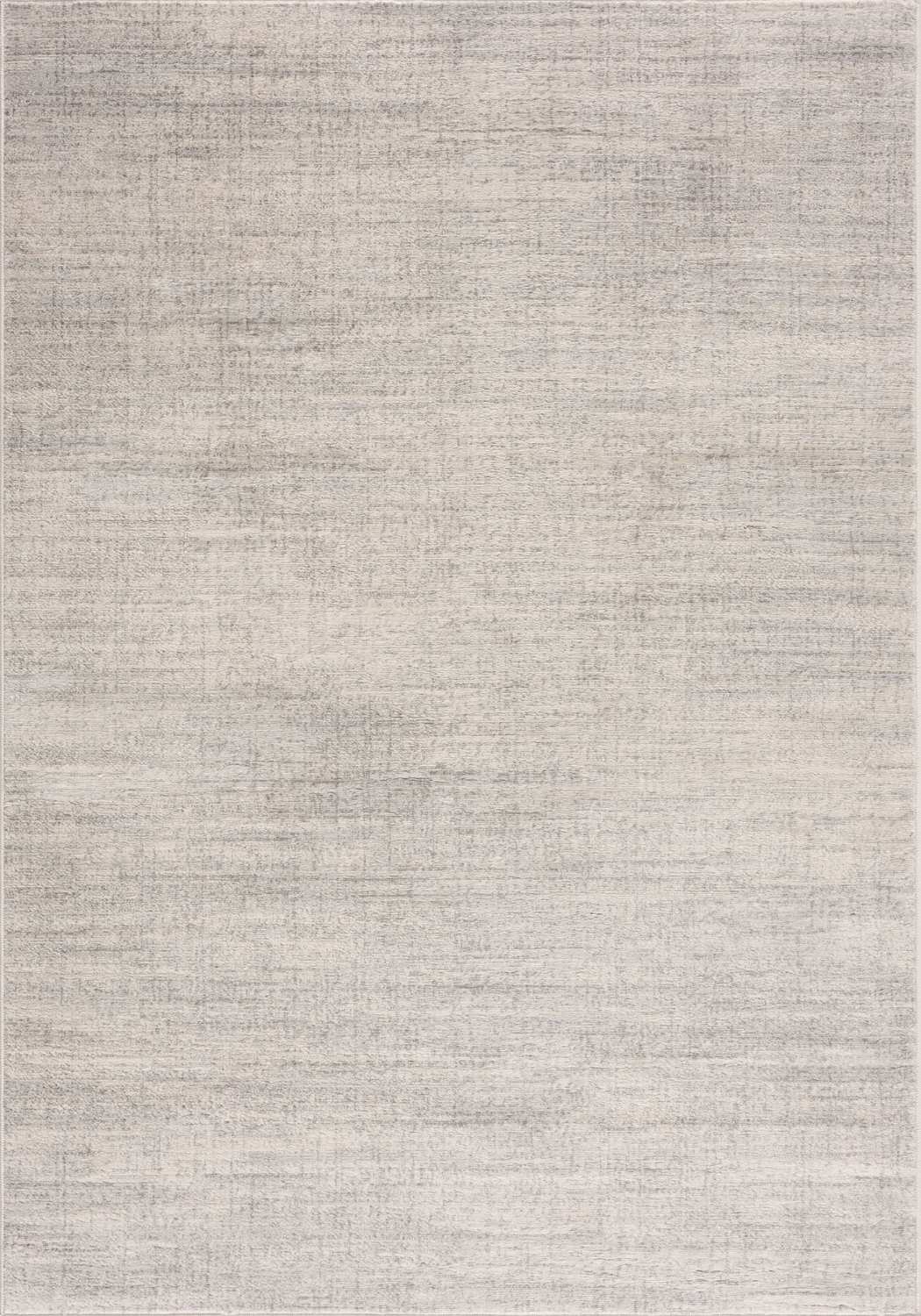
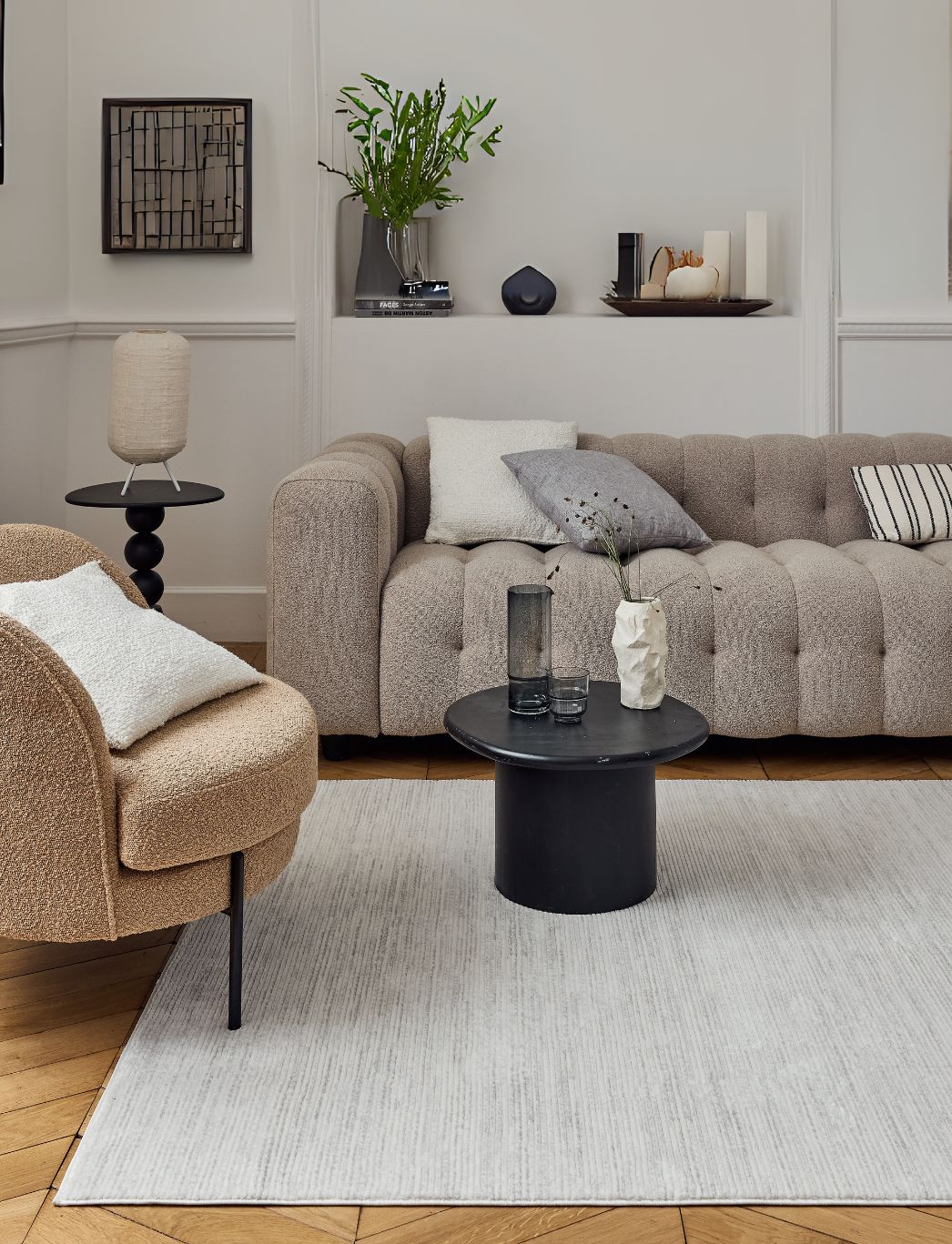
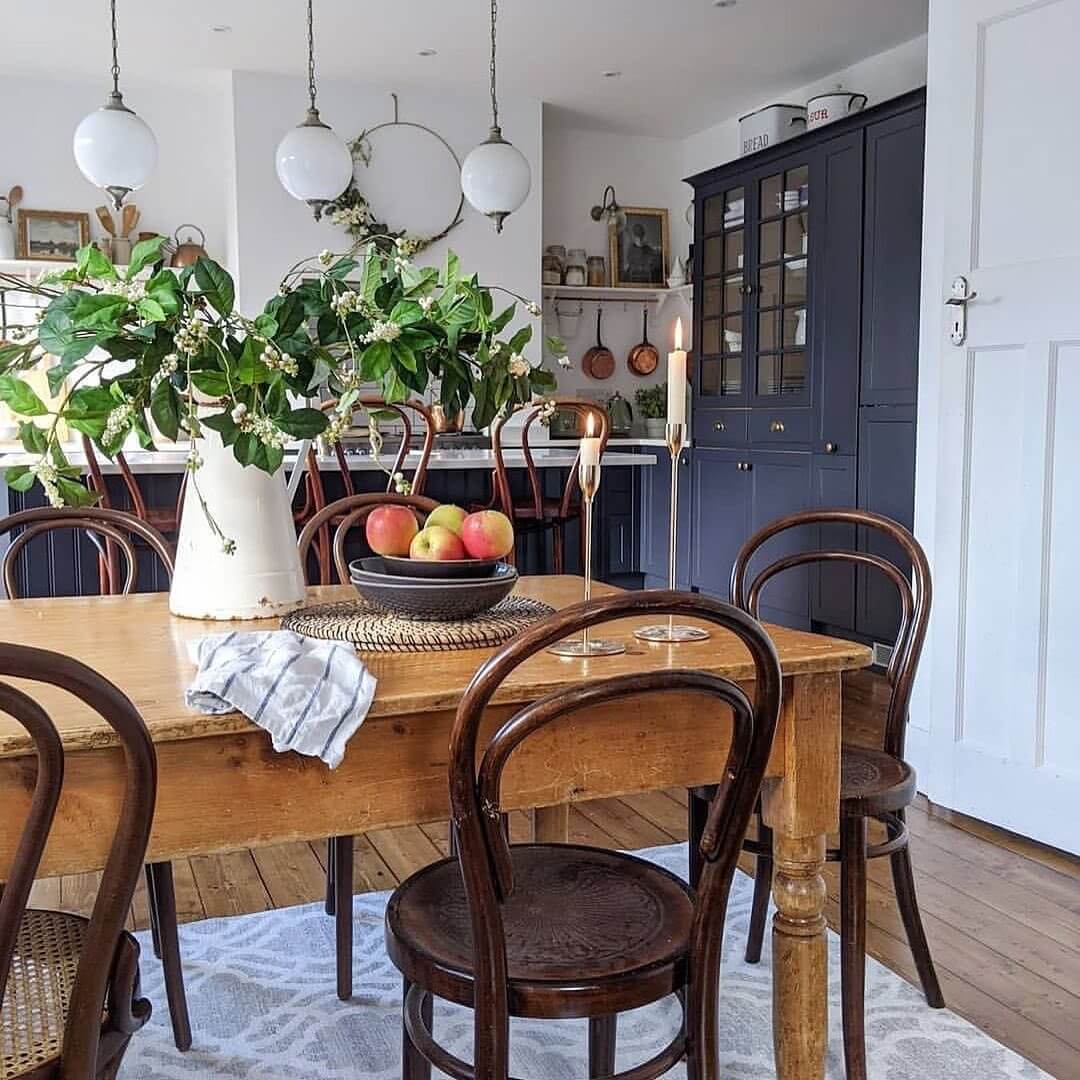
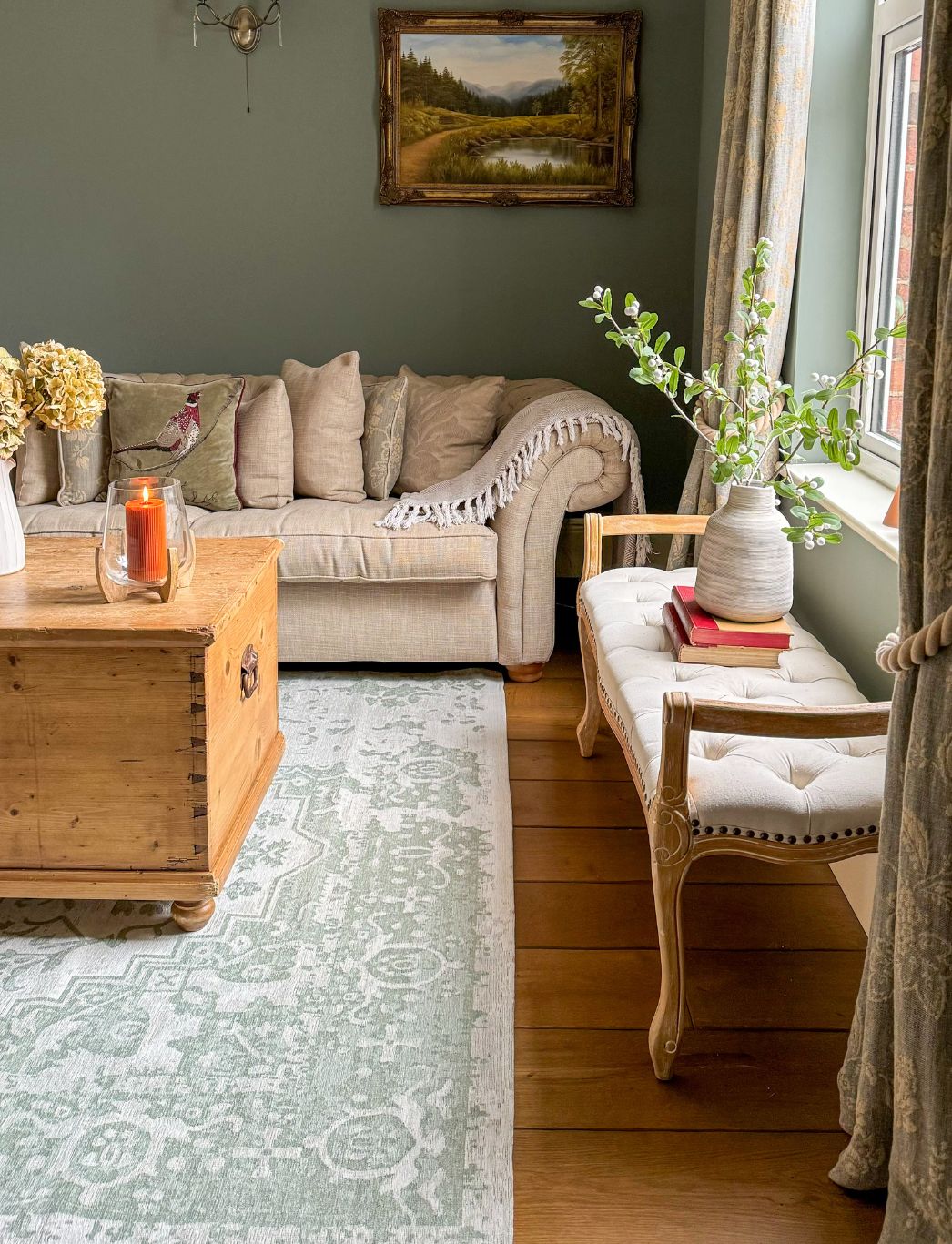
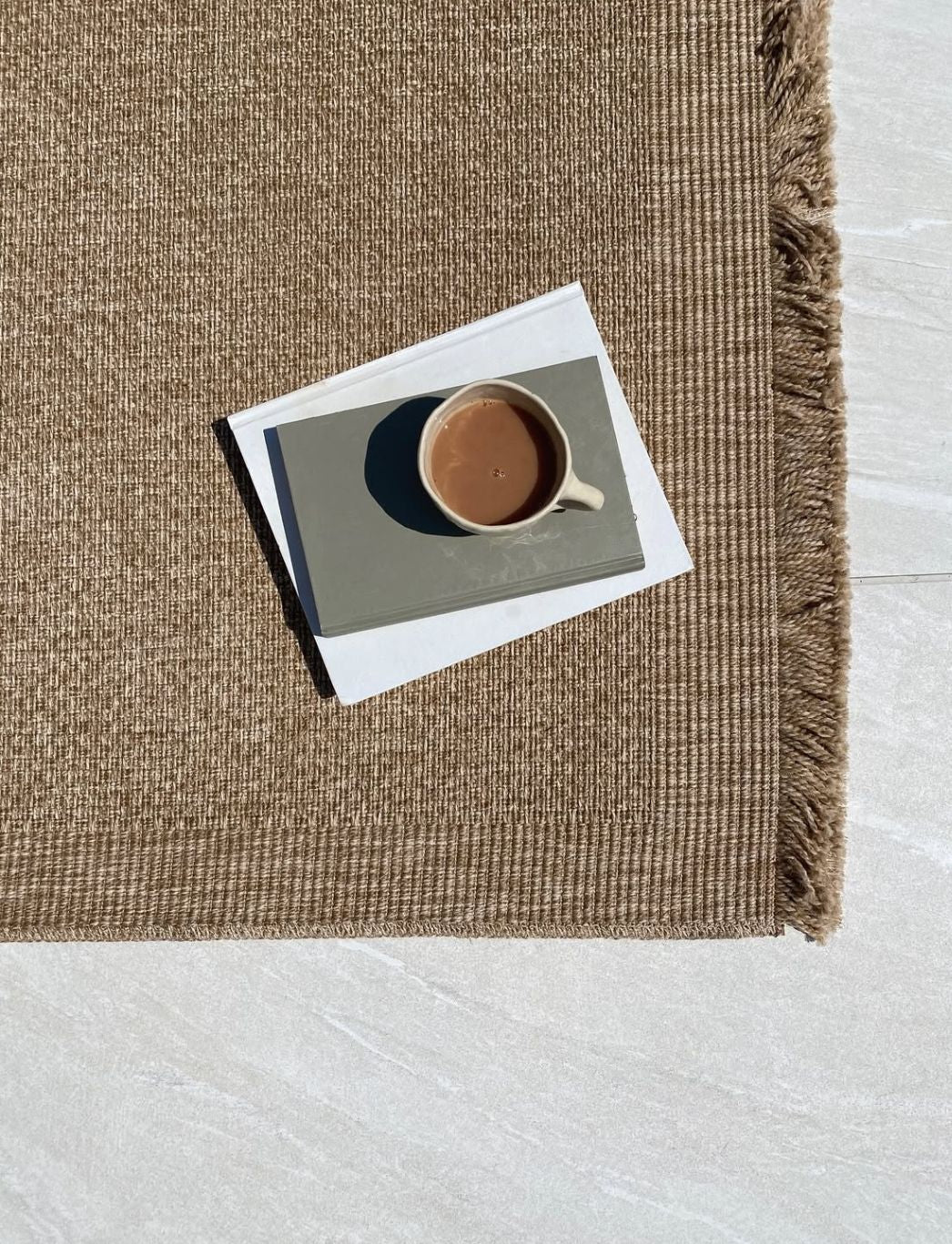
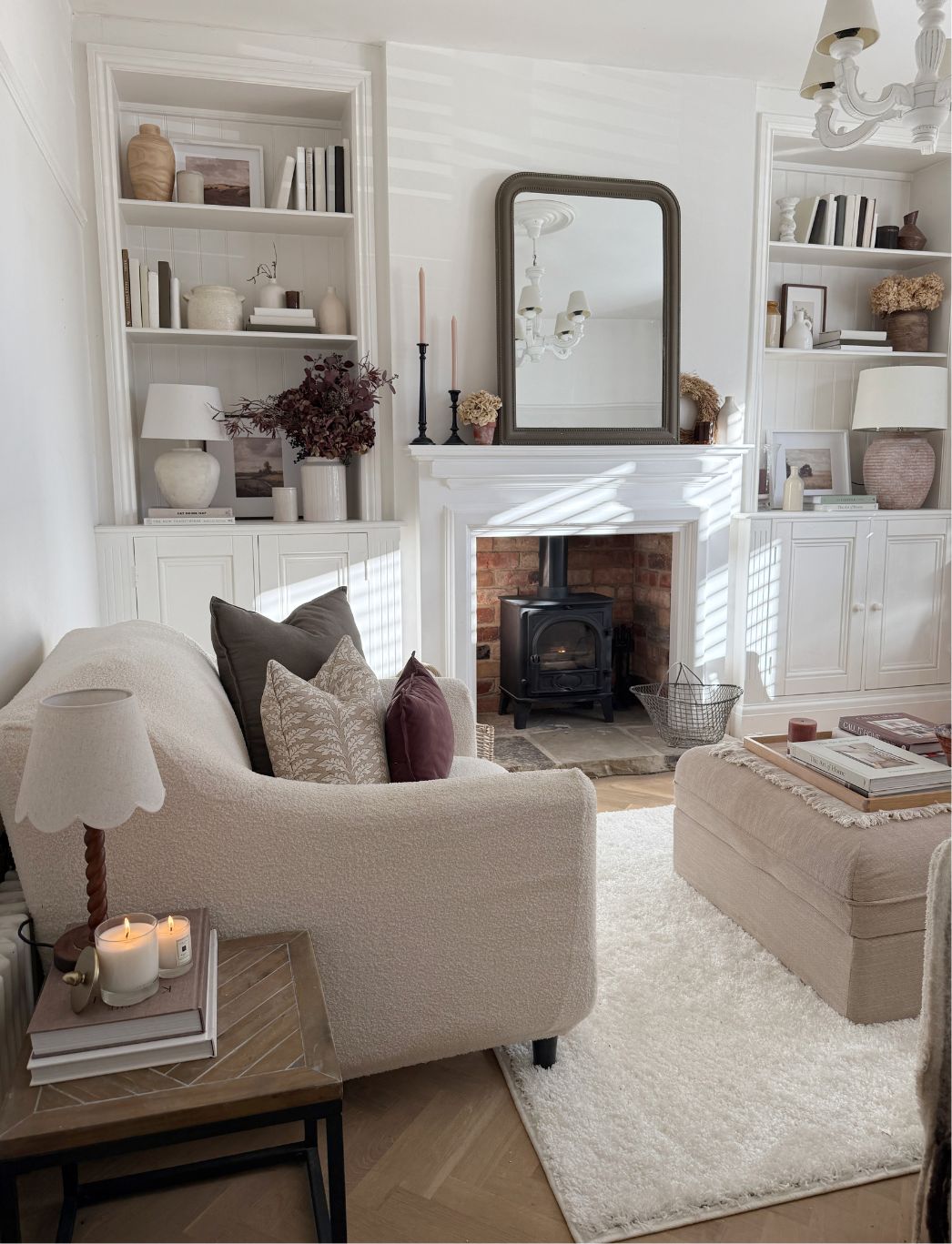
Leave a comment